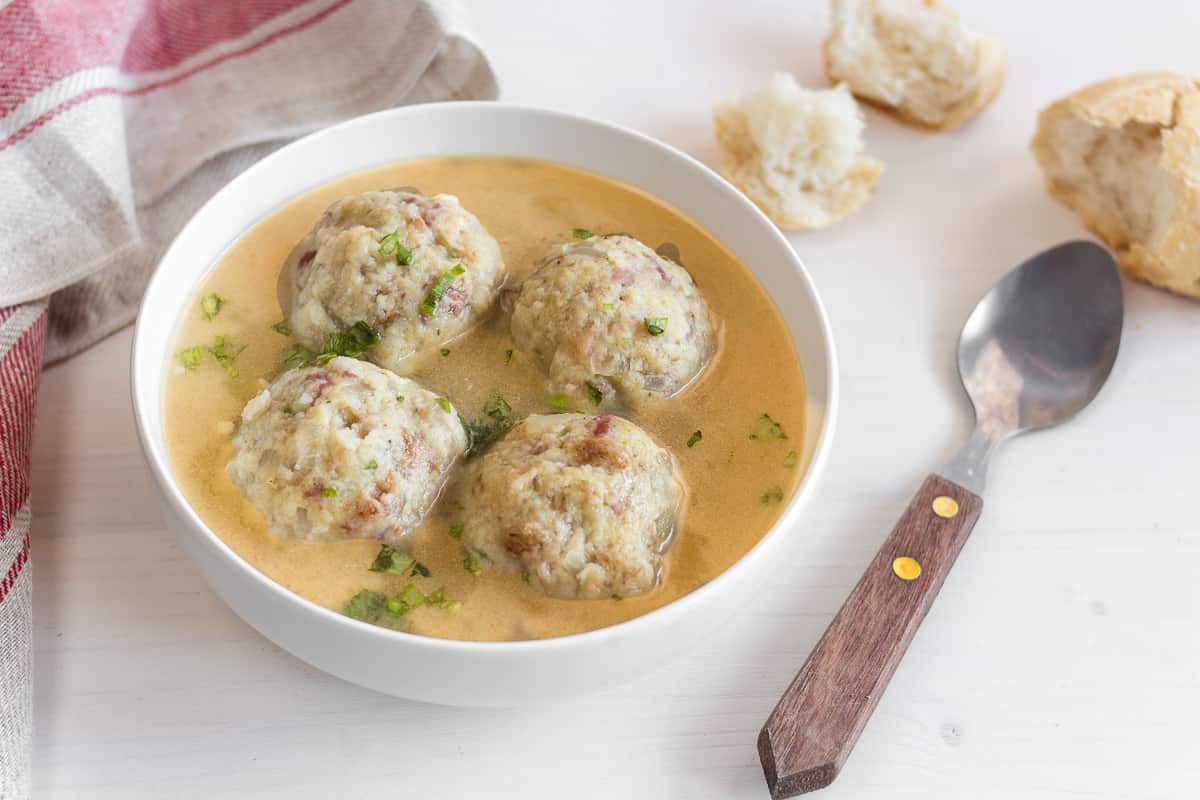
Ravioli can be served alone with light sauces based on butter and sage, tomato, cheese, or cream, or in a rich meat broth. The filling is usually meat but can also be, vegetables, cheeses, or fish. They are boiled until the dough and filling are cooked.

They can be filled with meat, cheese, seafood, or veggies.

Ravioli are pillow-shaped squares of dough that can pretty much do anything. In recent years home chefs have substituted the traditional filling with everything from mushrooms and black beans to salmon and spinach. Lasagne is used in oven-baked dishes with the most well-known dish being lasagne al forno, which likely comprises of a beef or pork ragu, layered between layers of lasagne and béchamel sauce, topped with cheese. LasagneĬontrary to popular belief, lasagne is the name of the thin sheets of pasta that make up a dish, rather than the dish itself. Spaghetti is very versatile and goes great with both meat and vegetable dishes or even just roasted garlic and olive oil. Spaghetti Bolognese is a household staple and is made by paring spaghetti with meat in a marinara sauce. This thin, cylindrical pasta consists of long, thin noodles which can be paired with a wide variety of sauces. We all have childhood memories of mom’s spaghetti. Spaghetti is arguably the most popular pasta in the world. Because they’re all the same, right? Well, whilst it’s true that there are around 350 different types, it’s a little-known fact that each shape and style is best suited to specific types of Italian cuisine. We all know the feeling of standing in the middle of the supermarket aisle, overwhelmed by how much choice there is. Common forms of pasta include long and short shapes, tubes, flat shapes or sheets, miniature shapes for soup, those meant to be filled or stuffed, and specialty or decorative shapes. For example, the pasta form cavatelli is known by 28 different names depending upon the town and region. In Italy, the names of specific pasta shapes or types often vary by locale. Fresh pasta is available in grocery stores and is produced commercially by large-scale machines.īoth dried and fresh pasta come in a number of shapes and varieties, with 310 specific forms known by over 1300 documented names.

Fresh pasta is traditionally produced by hand, sometimes with the aid of simple machines. Most dried pasta is produced commercially via an extrusion process, although it can be produced at home. Pasta is divided into two broad categories: dried (pasta secca) and fresh (pasta fresca). It’s versatile, convenient, and satisfying – and there are so many different types to choose from… Despite the first real mention of the Italian staple dating back to the 13th century, today pasta is one of the world’s most popular foods.


 0 kommentar(er)
0 kommentar(er)
